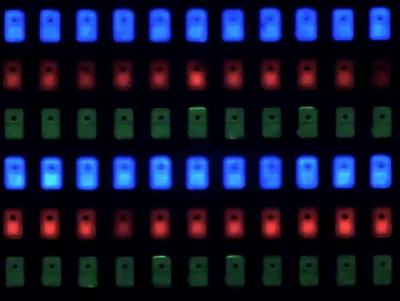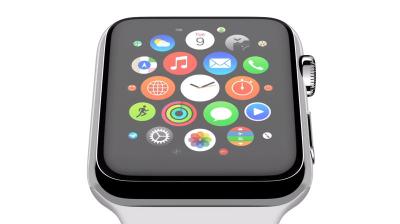Digitimes: Epistar to announce a Micro-LED technology breakthrough in the second half of 2018
 Digitimes posted an article on recent advances at Epistar, and according to the article Epistar has achieved a recent breakthrough in micro LED technology. Epistar will unveil the achievement in the second-half of 2018.
Digitimes posted an article on recent advances at Epistar, and according to the article Epistar has achieved a recent breakthrough in micro LED technology. Epistar will unveil the achievement in the second-half of 2018.
Last year Digitimes posted an interview with Epistar's president, Jou Ming-Jiunn, in which Jou says that the most optimistic scenario is for micro-LED displays to enter production by the end of 2018, with real devices appearing in 2019.





